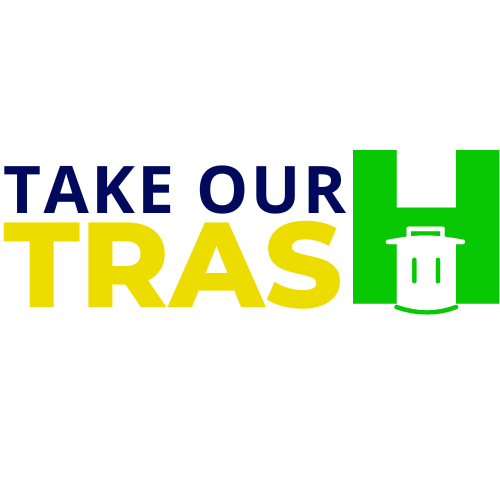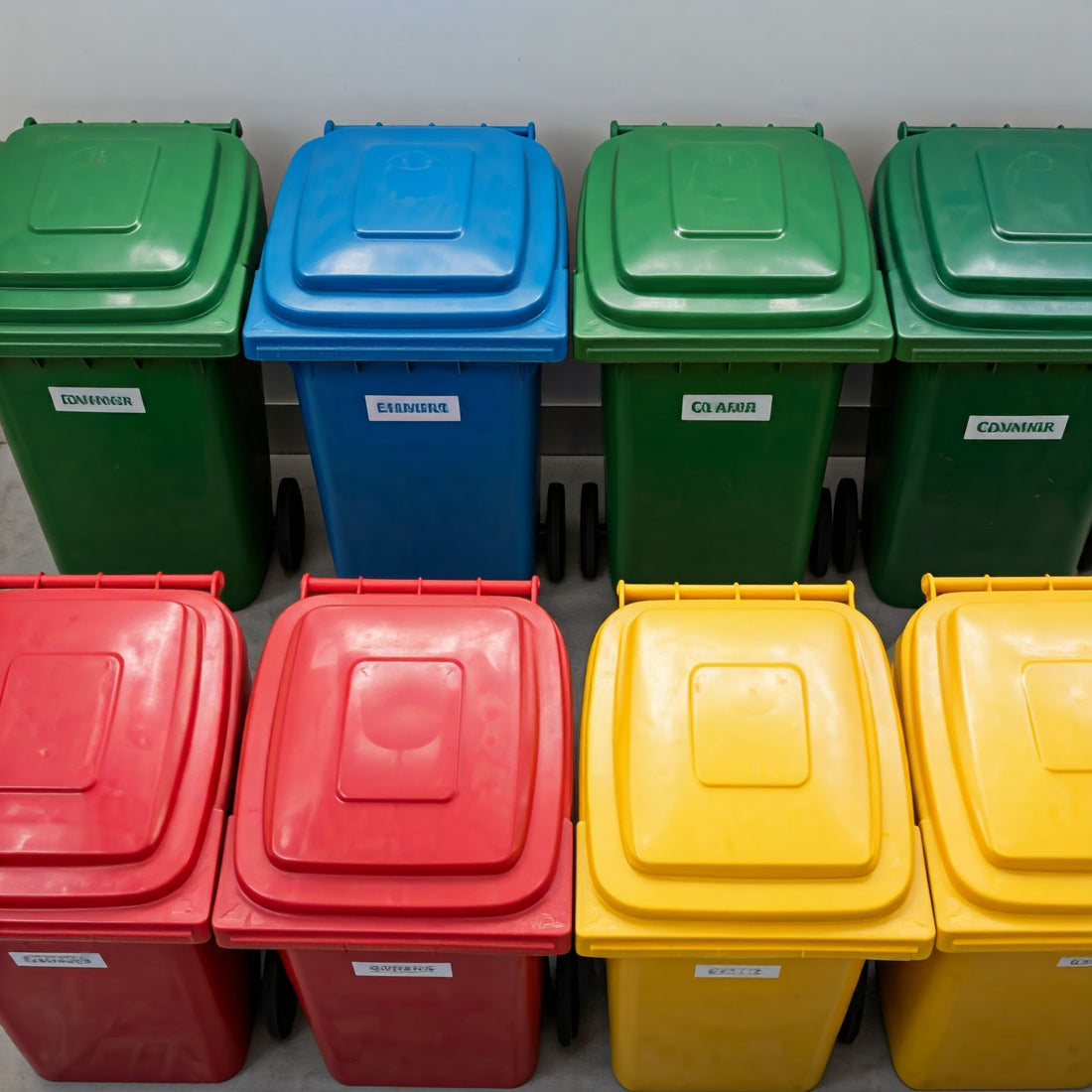In our quest for a cleaner environment and effective waste management, one of the simplest yet most effective strategies is trash bin color coding. This method not only helps households and businesses manage waste more efficiently but also plays a crucial role in promoting recycling and reducing landfill waste. In this blog post, we’ll explore the significance of trash bin color coding, the various color schemes commonly used, and how adopting this system can benefit communities and the planet.
Why Trash Bin Color Coding Matters
Color coding trash bins is a straightforward way to communicate what goes where, making it easier for everyone to participate in waste management efforts. Here’s why it matters:
- Encourages Recycling: By clearly indicating what materials belong in each bin, color coding reduces confusion and encourages individuals to recycle correctly.
- Enhances Efficiency: Waste collection services can operate more efficiently when bins are organized and labeled, leading to quicker pickups and fewer missed collections.
- Educates the Community: A color-coded system raises awareness about waste segregation and the importance of recycling, fostering a culture of sustainability within communities.
Common Trash Bin Color Codes
While the color codes for trash bins may vary by location, there are some standard colors that many municipalities adopt for easy identification:
- Blue Bins: Recycling
- Purpose: These bins are typically used for recyclable materials such as paper, cardboard, plastics, and metals.
- What to Include: Clean and dry items only, like empty cans, bottles, and flattened boxes. Remember to check local guidelines for specific recycling rules.
- Green Bins: Organic Waste or Composting
- Purpose: Green bins are designated for organic materials that can be composted, such as food scraps, yard waste, and other biodegradable items.
- What to Include: Fruit and vegetable peels, coffee grounds, grass clippings, and leaves. Avoid adding meat, dairy, or oils unless your local program allows it.
- Black or Gray Bins: General Waste
- Purpose: These bins are for non-recyclable and non-compostable waste that cannot be processed through other means.
- What to Include: Items like broken toys, plastic wrap, and other waste that cannot be recycled or composted.
- Red Bins: Hazardous Waste
- Purpose: Some areas use red bins specifically for hazardous materials that require special handling and disposal.
- What to Include: Batteries, electronics, chemicals, and other items that can be harmful to the environment and human health.
How to Implement Trash Bin Color Coding in Your Community
If your community hasn’t yet adopted a color coding system for waste management, here are some steps to consider:
- Advocate for Change: Engage local officials and waste management companies to discuss the benefits of a color-coded system and gather community support.
- Educate Residents: Create awareness campaigns through social media, community meetings, and educational materials to explain the color coding system and its importance.
- Provide Clearly Labeled Bins: Ensure that all trash bins are clearly labeled with their designated colors and purposes, making it easy for residents to understand where to dispose of their waste.
- Monitor and Improve: Regularly assess the effectiveness of the color-coded system and make adjustments based on community feedback and waste management outcomes.
Conclusion
Trash bin color coding is a simple yet effective way to enhance waste management and promote environmental sustainability. By implementing a clear color-coded system, communities can encourage responsible waste disposal, increase recycling rates, and reduce the amount of waste sent to landfills. Whether you’re a resident, a business owner, or a local leader, understanding and advocating for trash bin color coding is a step toward a greener, cleaner future for all.
Let’s work together to make our waste management efforts more effective—one color-coded bin at a time!

